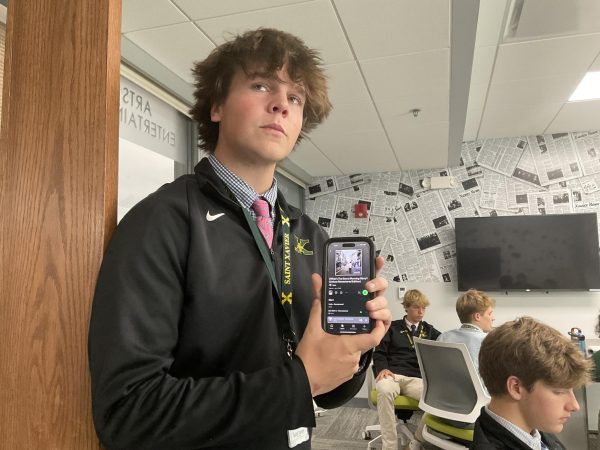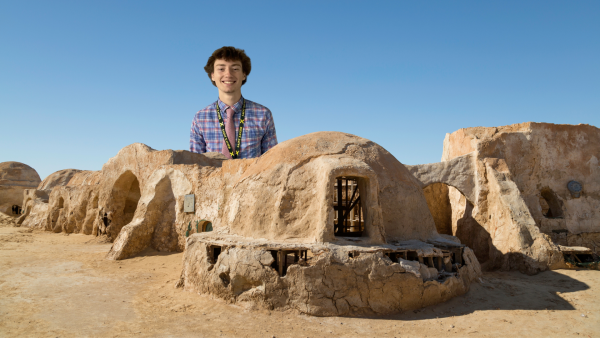Brown Eyed Woman ’72 vs ’77
Grateful Dead was and remains one of the greatest live bands in the history of rock and roll. All of their concerts were not rehearsed beforehand and all of the sets they performed were completely improvised, as that’s what Jerry Garcia, their front man, preferred to do. Because of the improvisational nature of the band, each live version of their songs is different and has its own feel and personality. One of the greatest songs ever performed by the Dead is “Brown Eyed Woman.” This song was performed almost 350 times throughout the Dead’s thirty year career; however, the two most famous performances are from their Europe tour in 1972 and their Cornell University concert in 1977. Each of these versions is brilliant for their own reasons, and each offers special aspects that make them unforgettable.
The song, like many other Grateful Dead tracks, is about loss and sadness. It chronicles the life and struggles of the Jones family. The song takes place during the Great Depression, as stated in the line, “1930 when the wall caved in.” The family lives in an old rundown house in the backwoods of the made up “Bigfoot County” and, the patriarch of the family, Jack Jones, is a poor farmer. The mother, Delilah, has given birth to eight children, or, as said in the song, four sets of twins. She is a good and faithful wife who keeps the family running when times get especially dark, and her untimely passing leads to the culmination of the song: “And the old man was never the same again.” With the death of Delilah, Jack is broken and has no more reason to live.
Despite the song being tragic in nature, it is a blast to hear. The Dead have a way of making even these sad songs fun and easy to listen to. The guitar work as well as the signature voice of Garcia breathes life into the lyrics. While Cornell ‘77 and Europe ‘72 are very different in tone and music they are both powerful, moving, and incredibly catchy.
Listen to the Europe ‘72 version below:
Europe ‘72 is the more famous version of the song. It’s definitely the slower and more somber of the two. The chorus is performed more loudly and slowly than Cornell ‘77, but despite its serious nature, this version has a lot more power behind it than Cornell. With the slower pace of the song, the themes of the song are better explored and the solemn lyrics are more fitting. However, the instrumental component is seriously lacking in this version. Grateful Dead is all about their live improvised instrumental jams, and in this performance, there’s almost no instrumental, and what little instrumental there is sounds rehearsed giving it a shallow, artificial feel. A major part of listening to the Grateful Dead is the music, and while this cover fits more with the lyrics, the musical component is seriously lacking.
Listen to the Cornell ‘77 version below:
Cornell 1977 is arguably the second most famous version of the song, very fitting as Cornell ‘77 is Grateful Dead’s second most popular live album, only surpassed by Europe ‘72. The ‘77 version trades Europe’s gravitas for a faster, more upbeat tone. The music in this track is absolutely phenomenal, and the guitar solo is one of Jerry Garcia’s best. The whole solo is electric and spine tingling, and deserves to be played as loudly as possible. The lyrics are delivered rapid fire in order to keep pace with the music, and while this doesn’t necessarily fit with the tone of the lyrics, it makes it a lot more fun to listen to. The only real issue with this version is the incongruity of the song’s theme with the music; however, the music is what makes this version so special.
Both Europe 1972 and Cornell 1977 are absolutely brilliant covers and the pinnacle of live performance. While the two differ in tone and tempo, they both deliver a captivating experience of “Brown Eyed Woman.” Take a listen to each, and experience one of Grateful Dead’s greatest hits in two unique, unparalleled ways.

He is a 17-year-old junior who enjoys writing creatively and watching YouTube in his free time. One of his favorite movies of all time is "Raiders of the...














